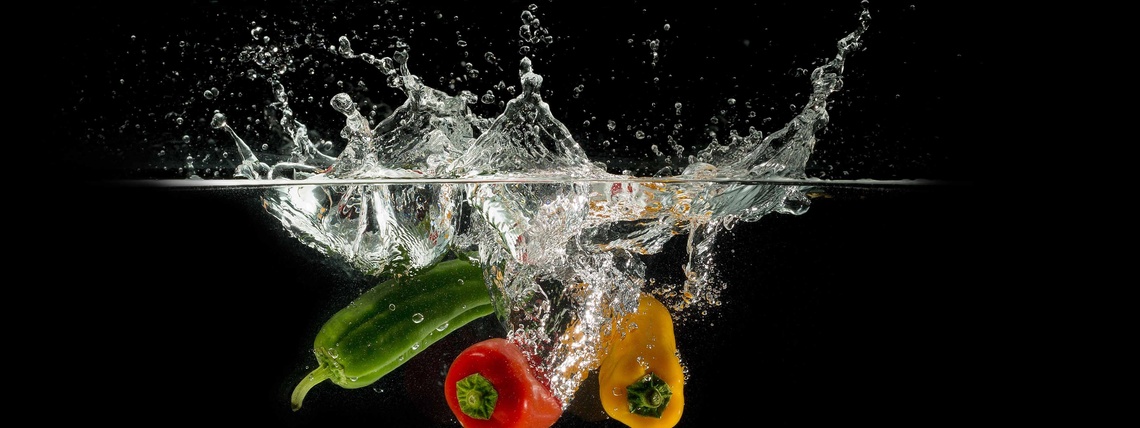The articles of the current edition are available on the new site.

How much water is needed to produce the coffee beans that end up in a single cup? What about the water consumed for producing a plate of pasta or a simple apple? As of today, you can find out with a simple click, thanks to the Turin Polytechnic's "Water To Food" project: a data and information communication project on the impact that international food production and trade have on global and local water resources. Water to Food is a spin-off of the European research project titled "Coping with WAter Scarcity In a globalized world," CWASI, coordinated by Francesco Laio, professor at the Department of Environmental, Land, and Infrastructure Engineering of the Politecnico. Water to Food has been conceived by the three early-career scientists Benedetta Falsetti, Carla Sciarra, and Marta Tuninetti, during the lockdown. During the last year, the three have worked alongside a team of experts in digital communication.
The main goal of Water to Food is to make available to society all the data regarding the virtual water consumed for food processing. Water is used to cultivate and process a specific good. This water virtually moves from production to consumption sites via international trade. These data have been produced over the years by the team of researchers of the CWASI project. Water to Food makes them easily accessible to anyone interested in the subject, even while walking across the corridors of the supermarkets. It is sufficient to access the watertofood.org site and its section 'Play with data' to check the value of the "water footprint" worldwide. Here there are some examples of what can be found on the website. More than eleven thousand liters of water are needed to produce one kilo of Ethiopian coffee. Italy imports from Ethiopia about 95 million cubic meters of water in the form of green coffee beans. Italy imports more than a billion cubic meters of virtual water from Russia, Australia, the United States, and Canada in wheat. Italy imports roughly 1750 cubic kilometers of virtual water (according to estimates made for the year 2016). Given that Lake Garda has a volume of about 50 cubic kilometers, the Italian imported virtual water volume corresponds to about 35 times the Lake Garda volume.
"Water to Food is designed for those curious and attentive people who are willing to reduce the impact on water resources of their diet. Water-related data are quickly and easily accessible through our database. This information can help in purchasing choices, thus promoting a more sustainable water consumption." the working group comments. "In our commitment to communicate scientifically sound water data, we also produced a handbook on the water footprint of food production, soon available on the site Water to Food, and videos about the key results of our research for the social media networks. We would like this portal, full of so much information, to become a reference point for all interested parties and other researchers to create working synergies."